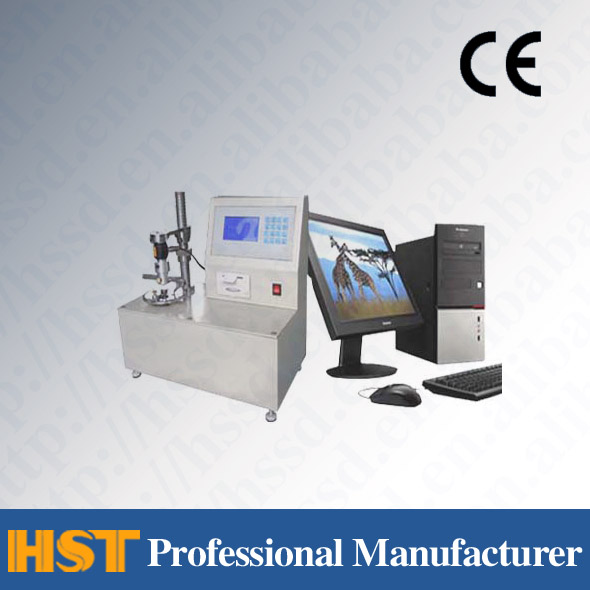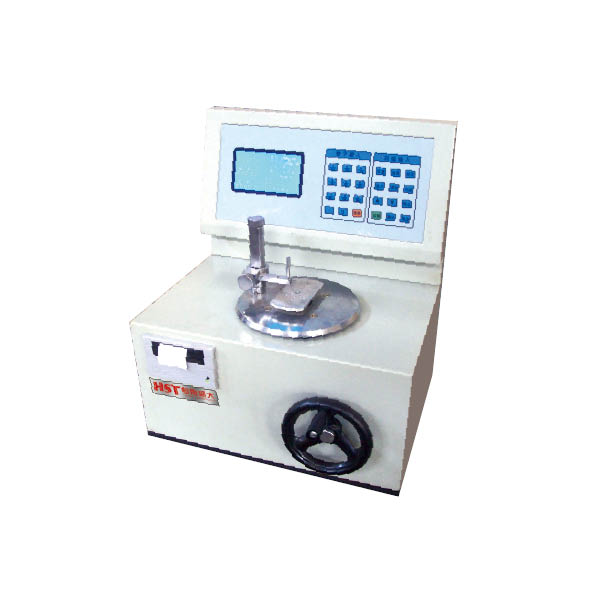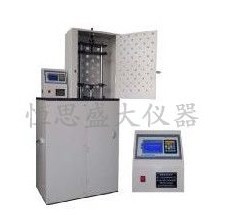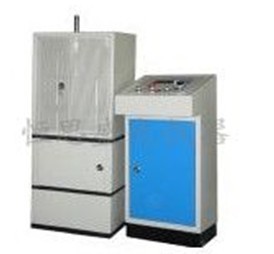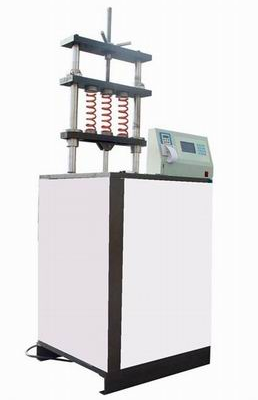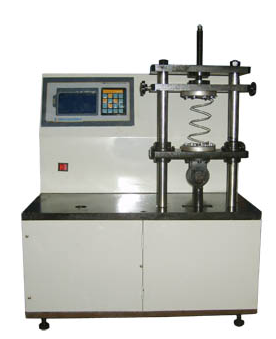Company News
Classification of test machines
Release time:2018-11-23 source:Jinan Hengsi Shanda Instrument Co., Ltd. Browse:
Overview of the test machine
1. definition
1.1 Concept and use of test machine. Test machine is a precision test instrument that determines the mechanical properties, process properties, internal defects and verifies the dynamic imbalance of rotating parts under various conditions and environments. In the process of studying and exploring new materials, new processes, new technologies and new structures, the test machine is an indispensable and important testing instrument. It is widely used in related laboratories of machinery, metallurgy, petroleum, chemical industry, building materials, construction engineering, aerospace, shipbuilding, transportation, and other industrial departments, as well as colleges and universities and research institutes. It plays an important role in the effective use of materials, improving processes, improving product quality, reducing costs, and ensuring product safety and reliability.
1.2 Types of test machines: There are many types of test machines, and there are many different classification methods. According to the traditional classification method, it can be divided into five categories: metal material testing machine, non-metallic material testing machine, dynamic balance testing machine, vibration table and non-destructive flaw detection machine.
1.2.1 Classification of material testing machines: There are many varieties and models of material testing machines, and their loading methods, structural characteristics, force measurement principles, and scope of use are all different.
1.2.1.1 Classification by use: Testing machines for measuring mechanical properties and Testing machines for testing processes
1.2.1.2 Classification by loading method: static load test machine (static) and dynamic load test machine (dynamic)
1.2.1.2.1 The static test machine mainly includes:
●Universal testing machine: hydraulic universal testing machine and electronic universal testing machine
●Pressure tester
●Tension test machine
●Torsion test machine
●Creep tester
1.2.1.2.2 Dynamic testing machines mainly include: fatigue testing machines: dynamic and static universal testing machines, one-way pulsation fatigue testing machines, impact testing machines, etc.
1.2.1.3 Classification by force measurement method: mechanical force measurement test machine and electronic force measurement test machine
1.2.1.4 Classification by control method: manual control and microcomputer servo control test machine
1.2.1.5 Classification by cylinder position: cylinder upper-mounted and cylinder lower-mounted testing machine
1.3 Material Test
1.3.1 Mechanical properties of materials: The ability of materials to resist deformation or damage under the action of external forces is called the mechanical properties of materials. Including strength, plasticity, elasticity, brittleness, fracture toughness, hardness, etc.
1.3.2. Materials test: mechanical properties test, physical experiment, chemical experiment.
1.3.3 Mechanical properties tests of materials: tensile, compression, bending, shear, torsion, impact, fatigue, creep, durability, relaxation, wear, hardness, etc.
1.3.3.1 Tensile test: Also known as tensile test, it is to slowly apply loads at both ends of the sample, causing the working part of the sample to be subjected to axial tension, causing the sample to extend in the axial direction, and generally proceed until it is broken. Tensile test can be used to determine the tensile strength and plastic properties of the material.
1. definition
1.1 Concept and use of test machine. Test machine is a precision test instrument that determines the mechanical properties, process properties, internal defects and verifies the dynamic imbalance of rotating parts under various conditions and environments. In the process of studying and exploring new materials, new processes, new technologies and new structures, the test machine is an indispensable and important testing instrument. It is widely used in related laboratories of machinery, metallurgy, petroleum, chemical industry, building materials, construction engineering, aerospace, shipbuilding, transportation, and other industrial departments, as well as colleges and universities and research institutes. It plays an important role in the effective use of materials, improving processes, improving product quality, reducing costs, and ensuring product safety and reliability.
1.2 Types of test machines: There are many types of test machines, and there are many different classification methods. According to the traditional classification method, it can be divided into five categories: metal material testing machine, non-metallic material testing machine, dynamic balance testing machine, vibration table and non-destructive flaw detection machine.
1.2.1 Classification of material testing machines: There are many varieties and models of material testing machines, and their loading methods, structural characteristics, force measurement principles, and scope of use are all different.
1.2.1.1 Classification by use: Testing machines for measuring mechanical properties and Testing machines for testing processes
1.2.1.2 Classification by loading method: static load test machine (static) and dynamic load test machine (dynamic)
1.2.1.2.1 The static test machine mainly includes:
●Universal testing machine: hydraulic universal testing machine and electronic universal testing machine
●Pressure tester
●Tension test machine
●Torsion test machine
●Creep tester
1.2.1.2.2 Dynamic testing machines mainly include: fatigue testing machines: dynamic and static universal testing machines, one-way pulsation fatigue testing machines, impact testing machines, etc.
1.2.1.3 Classification by force measurement method: mechanical force measurement test machine and electronic force measurement test machine
1.2.1.4 Classification by control method: manual control and microcomputer servo control test machine
1.2.1.5 Classification by cylinder position: cylinder upper-mounted and cylinder lower-mounted testing machine
1.3 Material Test
1.3.1 Mechanical properties of materials: The ability of materials to resist deformation or damage under the action of external forces is called the mechanical properties of materials. Including strength, plasticity, elasticity, brittleness, fracture toughness, hardness, etc.
1.3.2. Materials test: mechanical properties test, physical experiment, chemical experiment.
1.3.3 Mechanical properties tests of materials: tensile, compression, bending, shear, torsion, impact, fatigue, creep, durability, relaxation, wear, hardness, etc.
1.3.3.1 Tensile test: Also known as tensile test, it is to slowly apply loads at both ends of the sample, causing the working part of the sample to be subjected to axial tension, causing the sample to extend in the axial direction, and generally proceed until it is broken. Tensile test can be used to determine the tensile strength and plastic properties of the material.
- Previous article:Classification and use of hardness meter
- Next article:Maintenance and maintenance of singular spring tester


















